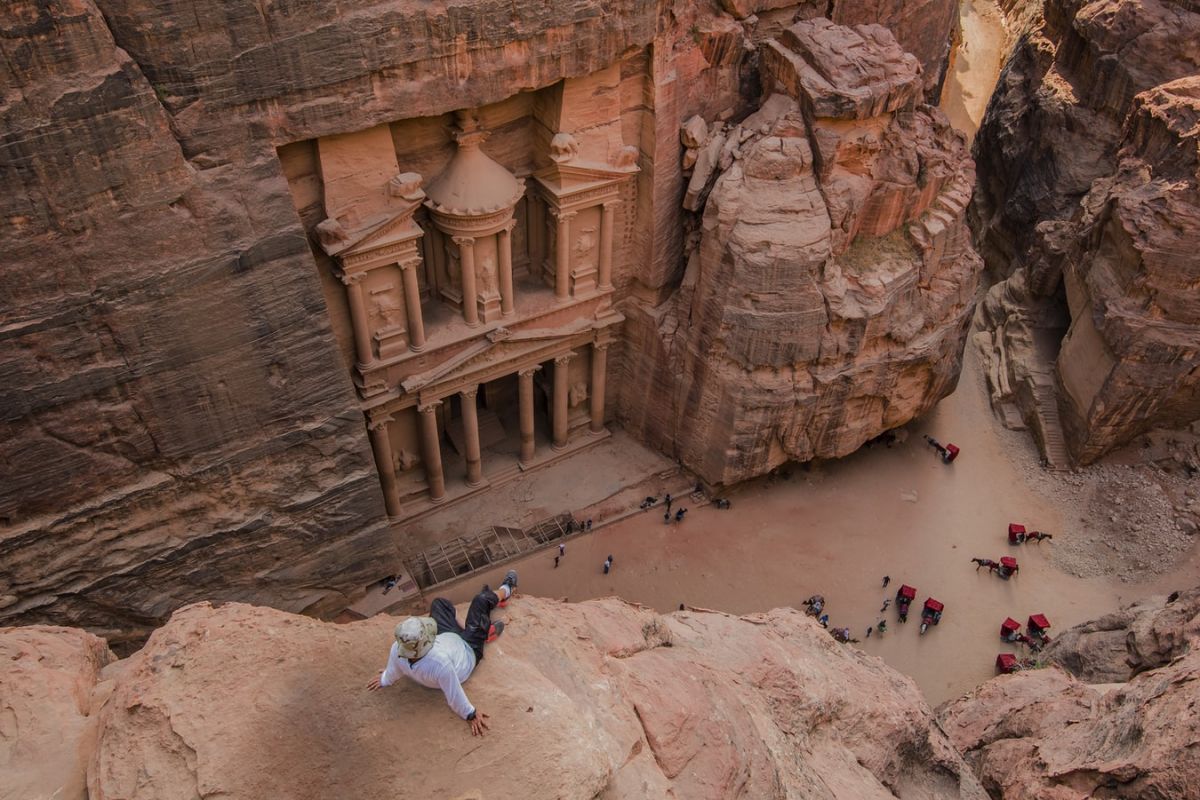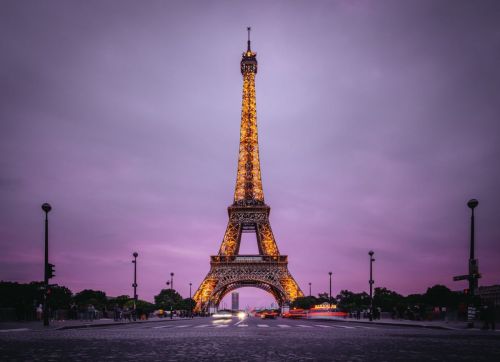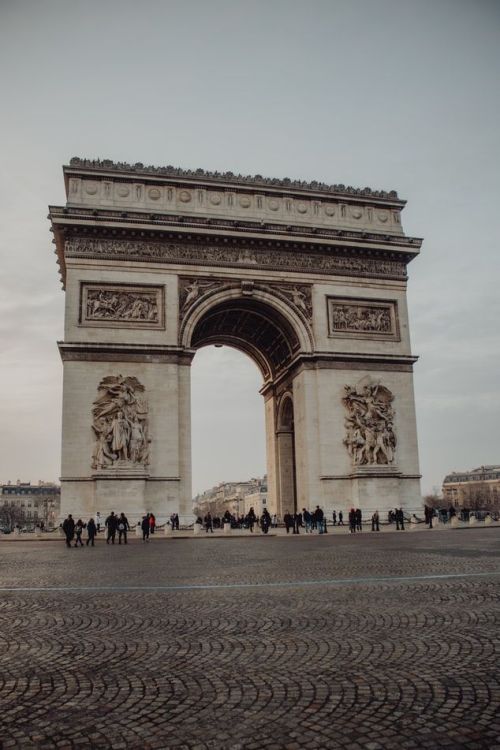The Nabataeans were an ancient Arab people of herding origin. They came from northwestern Arabia, and since the 5th century BC, continuously extended their rule northward. During six centuries of prosperity, Nabataeans spread their influence up to Damascus.
This civilization carved their city in rocks, developed own architectural style, unique, delicate ceramics, and the water engineering system crucial to Petra's prosperity. They were people with great ambitions, drawing what was best from other cultures.
The name is derived from a local legend about a pharaoh's treasure. According to tales, the pharaoh placed an urn filled with treasure on the Al-Khazneh facade's top.
According to historians, the tomb was erected for the Nabatean king Aretas III in the 1st century BC, long after the last native pharaoh died.












